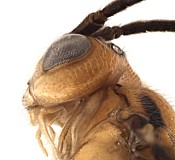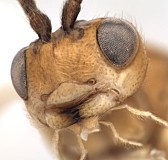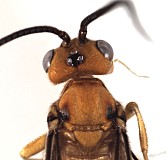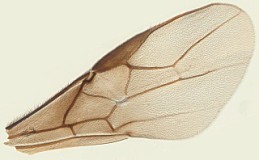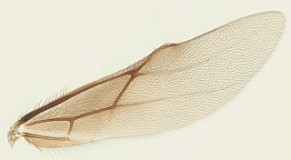Opius (Bellopius) Wharton, 1997
Chinajariyawong et al. provide an extensive list of opiine species and their tephritid hosts collected in Thailand and Malaysia during surveys conducted between 1986 and 1994 (Chinajariyawong et al. 2000). The specimens were primarily collected from various Bactrocera spp. and include Opius bellus Gahan. This latter record is in need of confirmation since this species is not known to occur outside the New World.
There are no specimens currently determined for this OTU, or those specimens determined for this OTU are not yet mappable.

